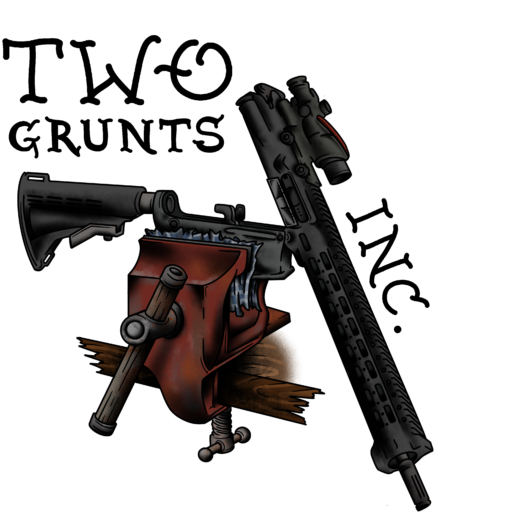Your cart is currently empty!
Holsters: A Review of Different Carry Needs
When it comes to carrying a firearm, the type of holster you choose can greatly impact the level of security, accessibility, and concealment of your weapon. In this article, we will review the different types of holsters that are available and the specific needs that they are best suited for.
Duty Holsters (LEO/Military)
Duty holsters are the most secure type of holster for weapon retention and protecting your firearm and are typically used by law enforcement officers and military personnel. They feature active retention, meaning that there are 2-3 retention devices that need to be defeated in order to draw the weapon.
This makes them ideal for uniformed operations and roles where the highest level of weapon retention is necessary.
However, due to the heavy-duty construction of these holsters, they can be bulky and are not suitable for concealment. Additionally, accessories and after-market products are available for top brands to improve their functionality.
Brands such as Safariland ALS/SLS or the G-Code SOC are recommended for duty holsters. Another popular brand for duty holsters is the Blackhawk Serpas, we do not recommend this product due to the experience of seeing these fail in the field.
Duty Holsters
OWB Non-duty
For non-duty use, outside-the-waistband (OWB) holsters are a good option. Unlike duty holsters, they do not have active retention devices and instead rely on friction to secure the weapon.
While this means that the weapon may be more easily grabbed out of the holster, it also means that it won’t fall out when running or jumping if the retention screw is tight. These holsters fit close to the body and are good for concealment under a jacket, hoodie, or baggy shirt/button-down.
They are also ideal for conducting Executive Protection (EP) or other plain clothes assignments. Reputable manufacturers will allow for custom “cant” angles, with 0° being the best angle for the quickest draw from a variety of positions such as seated, standing, or lying down.
Brands such as Vetter Light Draw or G-Code OSH are recommended for this type of holster.
OWB Holsters
IWB Conceal-Carry
For those who are strictly looking to carry their weapon concealed, inside the waistband (IWB) holsters are the best option.
These holsters are not recommended for duty or missions and typically feature only friction or tension-only retention. The main goal of these holsters is to not “print” or show that you are carrying a firearm, making them ideal for everyday carry, undercover work, and clandestine operations.
It’s important to find a holster that fits your criteria, one that is comfortable for you and allows for a mid to full-size pistol frame/slide.
Brands such as G-Code Incog, Q-Series Stealth (trigger-guard), Tier1 Concealed XiphosV2, and many others are popular options for IWB holsters.
IWB Holsters
Conclusion
The type of holster you choose will depend on your specific needs and the level of weapon retention, accessibility, and concealment that you require.
Duty holsters are the most secure option and are best suited for uniformed operations, while OWB holsters are a good option for non-duty use and IWB holsters are best for concealed carry.
Brands such as Safariland, G-Code, Vetter, and many others are recommended for their quality. It’s important to note that Kydex is the only recommended material for holsters – never leather or nylon
Be sure to read our other guides here!
